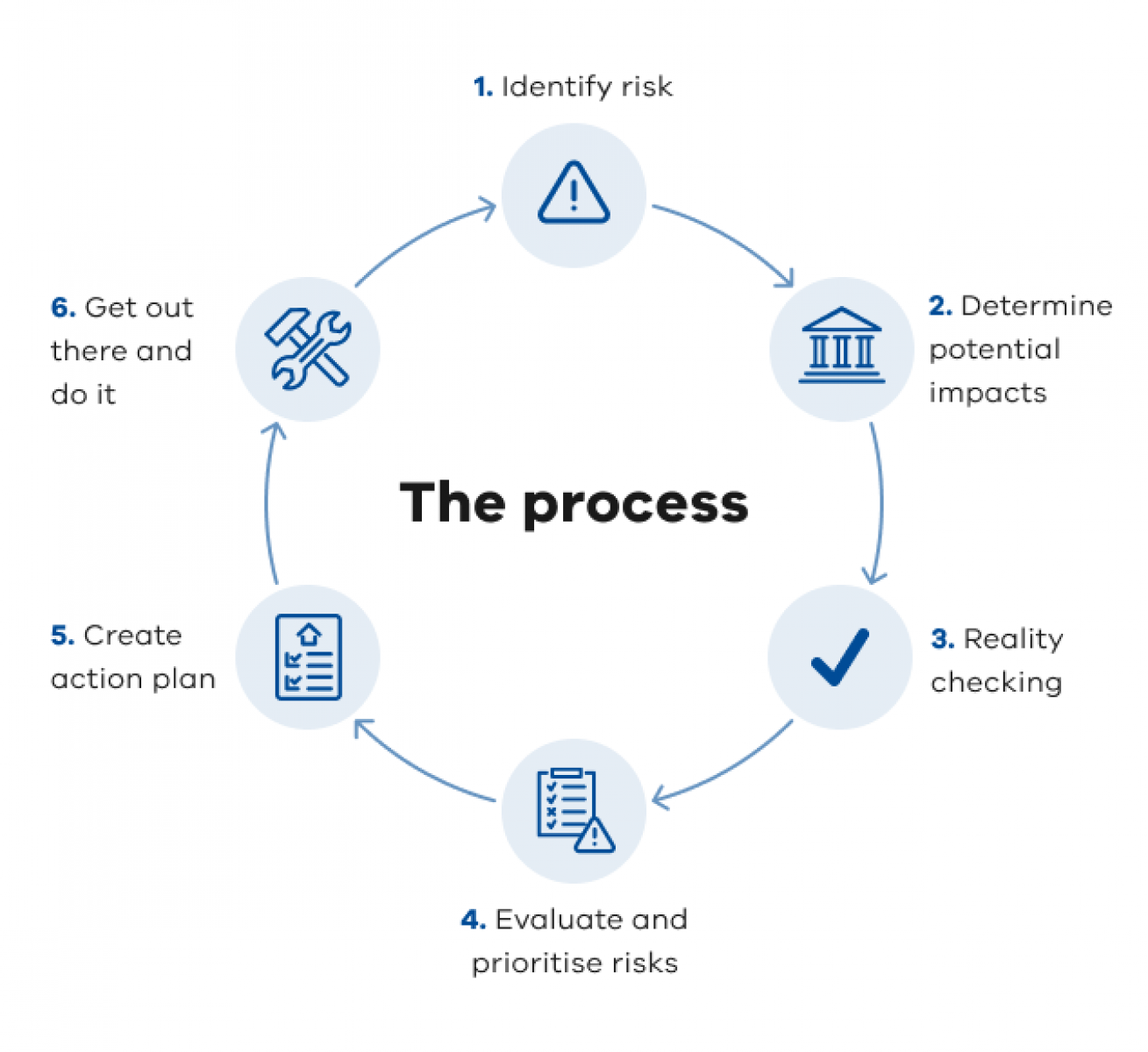About the toolkit
This toolkit has been designed to help private owners and community groups that manage heritage property (e.g. heritage buildings, trees, landscapes, archaeology sites, objects, collections).
The aim of the toolkit is to help you prepare for a potential disaster.
Severe storms, floods and bushfires are common hazards in Victoria, and this toolkit focuses on these. It is not a replacement for expert advice, but aims to guide you through a process that includes:
- identifying risks to your heritage property
- assessing your vulnerability to those risks, and
- working out ways to reduce or mitigate the risks
There are many risks that could affect heritage property. Understanding what they are will help reduce your specific risk.
The toolkit includes a worksheet for you to work through, as well as an explanation of how to follow the process.
While following the process, we recommend you read through the understanding heritage disaster risk pages on our website to learn about risk management as a process.
Using the disaster preparedness worksheet
The disaster preparedness worksheet (‘the worksheet’), is generic and can be adapted to your local conditions. There may be some sections that do not apply to your situation – you can delete or cross out. While working through the process, try to complement your existing systems rather than replicate them.
For example, having a site plan or a floor plan of your heritage property (or the place where your heritage object(s) or collection is located) will also help you with your planning. If you don’t have one to hand, a quick, rough sketch will work too.
The disaster preparedness process
Following a structured step-by-step process as outlined below, will help you better understand your heritage property and the disaster risks that it faces. It also provides a framework to involve stakeholders in the process and build community resilience.
The six steps in the disaster preparedness diagram are described in detail further down this page.
When you follow the disaster preparedness process from the beginning to the end, you’ll land right back at the start. As you move through the steps it's important to remember that some things will change: your knowledge will grow, staff may change, resources will change and so on.
Each time you work through the process new things will come to light and plans will improve.
The process guides you through preparing your heritage property for severe storms, floods and bushfires, and, while the toolkit can be used for other threats (e.g. climate change, drought, structure fires), detailed information is not included. Not all disasters can be prevented, but we believe that with the right preparation, their impacts can be reduced.
Continuous improvement through ongoing planning
Review your preparedness plan regularly or at least every two years. There are other specific points when you should revisit your preparedness planning, too, like when the use of the place changes (e.g. after renovations, a severe weather event, or staff changes).
Involve staff and volunteers
If you have staff or volunteers that help you manage your heritage property, site or object they need to be involved in helping you create an action plan. Heritage risk is everyone's business. Involving everyone from the start will help you to get the best outcome.
Involve your community
You may like to invite others from your community to help you work through the process. This helps create connections and to build relationships. Well-connected communities can support each other and bounce back more readily when disasters occur. Working together can also encourage others in your local community to think about their own preparedness. You may even find ways to better prepare your community as a whole.
If possible, work through the process with your friends, family, staff, volunteers and any others from your community who may like to participate. Different people see different issues, so it’s best to include as many people familiar with your heritage property as possible. '
When it comes to risk management, the more brains working together, the better!
